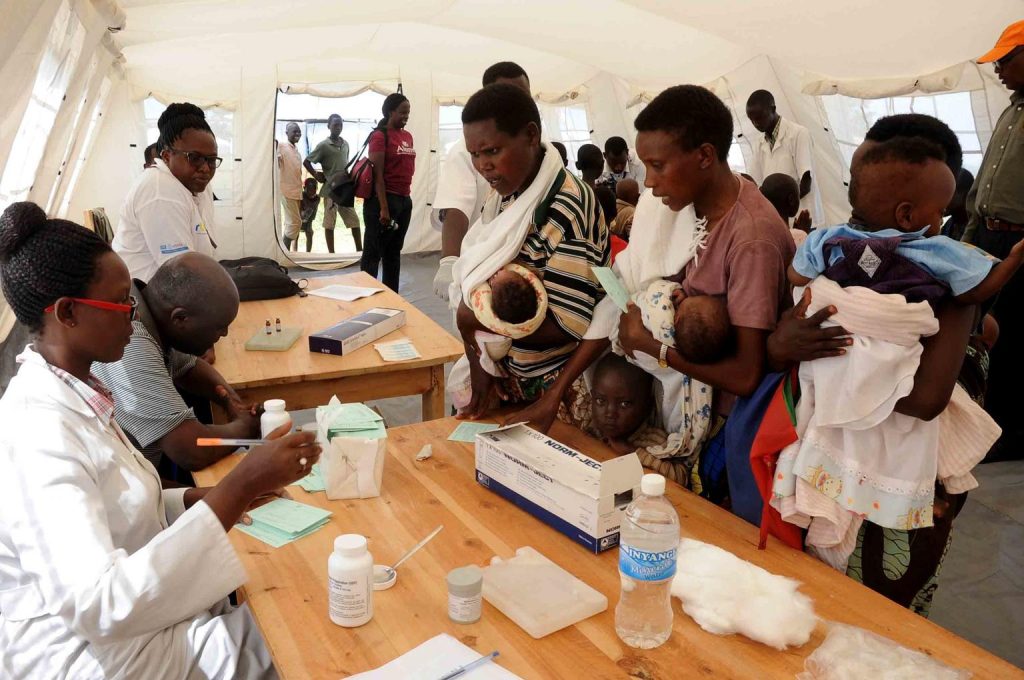The Sphere Humanitarian Charter states that: All people should have access to health services that are prioritised to address the main causes of excess mortality and morbidity. There are a number of handbooks to aid prioritisation in crisis situations (highlighted in section 2 of this report):The Johns Hopkins and Red Cross Red Crescent public health guide outlines essential tasks for prioritising health services and shows a simple technique for ranking health problems in emergencies.The Humanitarian Practice Network (HPN) guide proposes questions for identifying health problems for prioritisation and a framework for answering these.
The UNICEF Emergency Field Handbook gives a priority action checklist.The WHO Health and Nutrition Tracking Service (HNTS) highlights priority indicators for assessing the nutritional and general health situation in complex emergencies. Medecins Sans Frontieres list intervention priorities for refugee health for the emergency and post-emergency phase of a situation.Further resources, section 3, include papers on distributive justice and resource allocation, a paper examining how evidence is used to assess needs in Southern Sudan, an opinion paper and two systematic reviews.Section 4 describes some priorities outlined for different countries. The case studies in Section 5 offer some experience which may help to prioritise health intervention in future crises.Data collection and measurement are key to determining priorities in humanitarian crises. Section 6 includes guidelines, comments and advice for data collection and evaluations.



